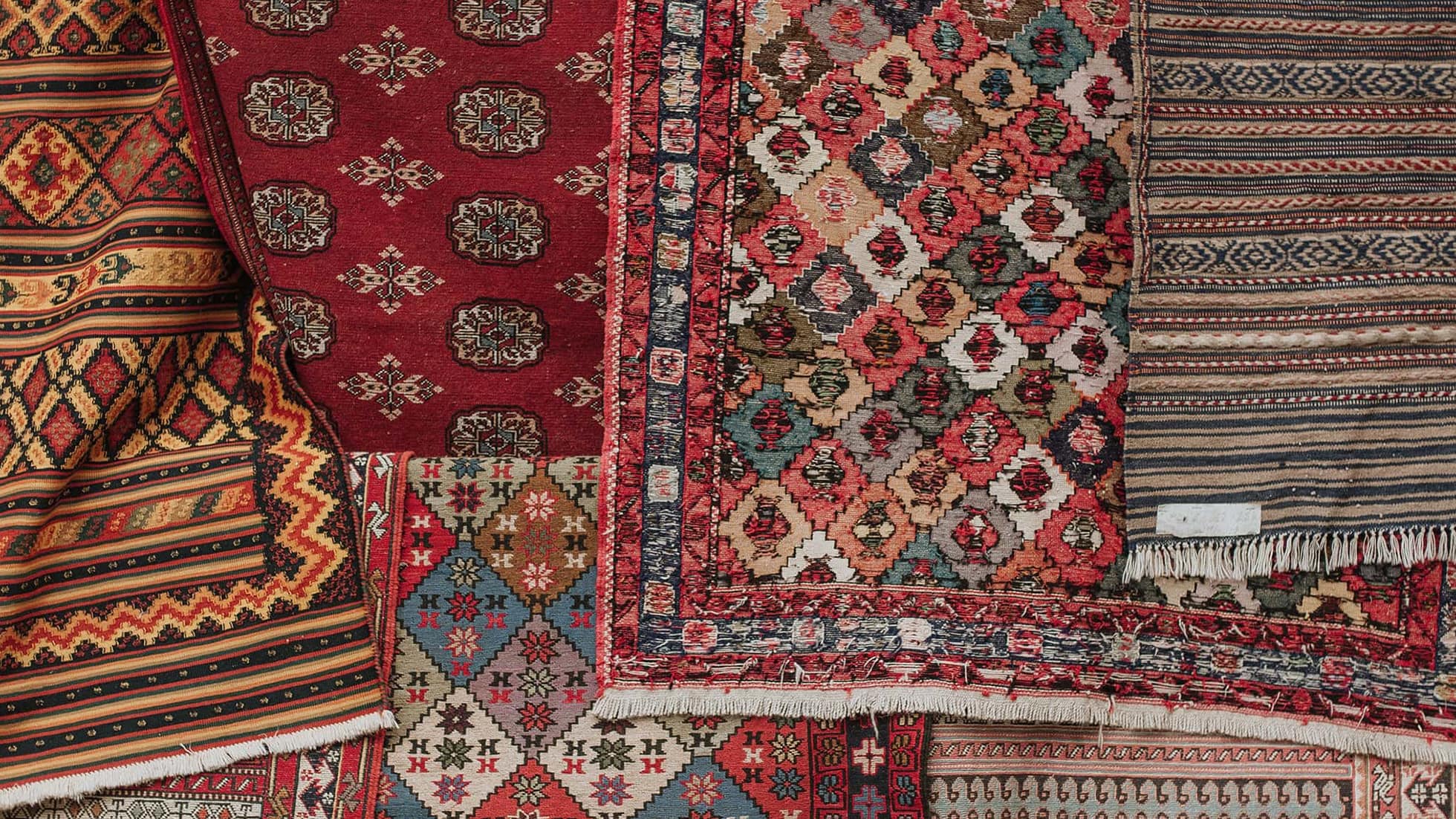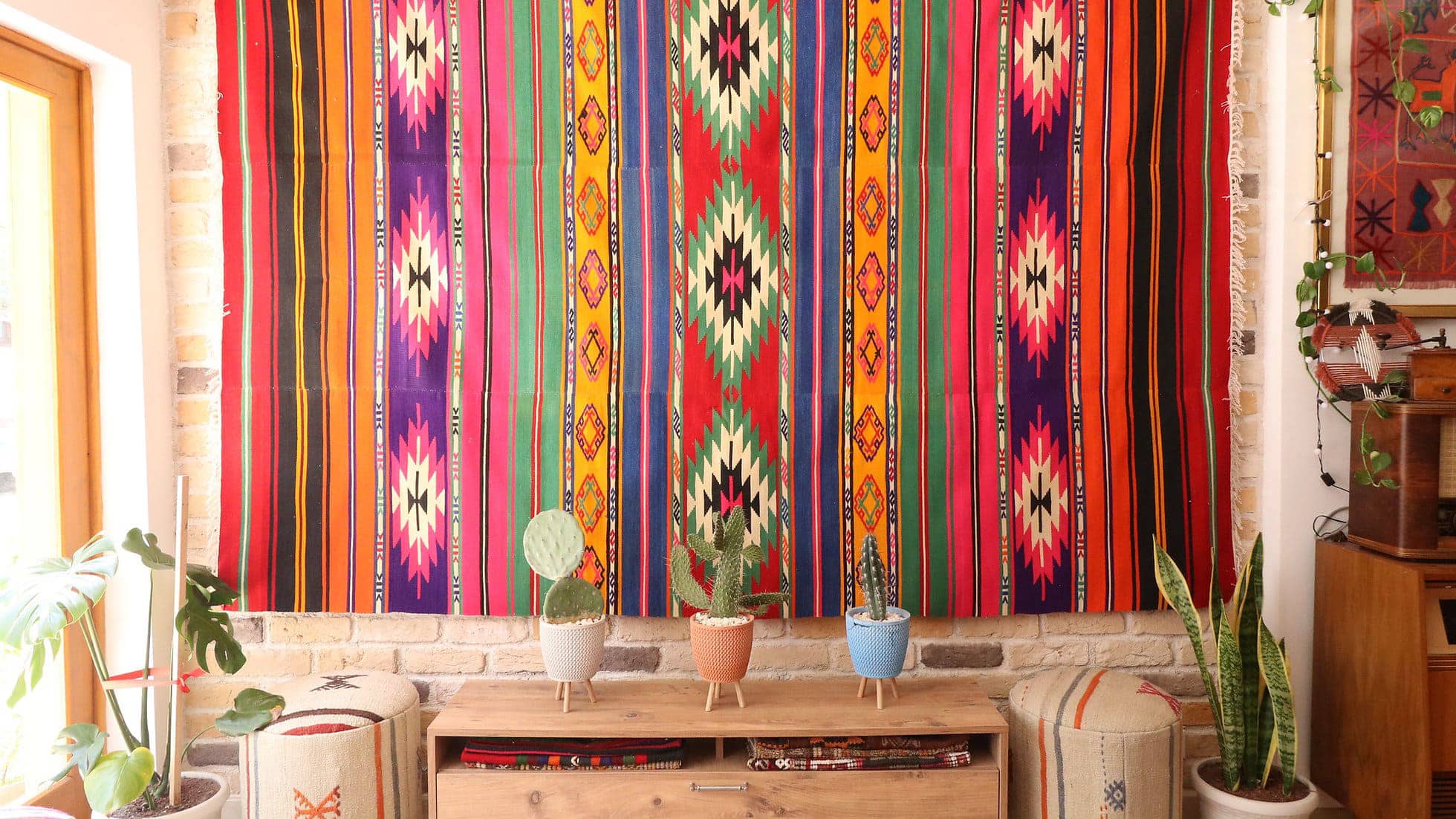Article: The History of Anatolian / Turkish Kilim Rugs

The History of Anatolian / Turkish Kilim Rugs
Kilim is usually woven by women on looms called "ıstar". These looms are placed vertically or horizontally, and the motifs are woven from one to another on a frame created by vertical and horizontal threads called "arış" and "argaç". Kilim is one of the leading textiles used by nomadic tribes. The difference between kilim and carpet is that the pattern and surface of kilim are not made up of loops of yarn on top of the warp. Instead, they are woven with colorful weft threads or shuttles going back and forth between the warp threads. So, they have no piles. This creates a thin and flat surface that looks the same on both sides. Due to the weaving technique, kilim patterns are geometric. These patterns are created by interpreting shapes found in nature and adapting them to the kilim. This process of interpretation and personalization is also called "stylization". These motifs, which can be seen as a "means of expression" for weavers, have become associated with particular regions over time, moving away from their narrative qualities.
Created by nomadic tribes living in the Central Asian region, who eventually migrated to Anatolia (modern-day Turkey) in the 11th century. Turkish kilims were originally used as floor coverings, bedding, and saddlebags for camels and horses. Turkish kilims' intricate designs and colors served decorative purposes and conveyed the social status and cultural identity of the people who created them.
During the Ottoman period (1299-1922), Turkish kilims gained prominence and became an essential part of Turkish art and culture. The Ottoman Empire, known for its appreciation of art and design, encouraged the production of kilims as part of its economic and cultural policies. Turkish kilims were exported to other countries in Europe and Asia, where they were highly sought after for their beauty and durability.
In the 20th century, Turkish kilims underwent a revival as artists and designers began to appreciate their unique designs and cultural significance. Today, Turkish kilims are still produced in traditional ways using natural dyes and hand-woven techniques. They are highly valued for their intricate designs, vivid colors, and durability as well as they are considered an excellent investment and a symbol of Turkish culture.
To explore our collection of authentic handwoven Turkish rugs, visit our homepage and browse our selection of beautiful Anatolian kilim rugs, hand-knotted Turkish rugs, mid-century vintage rugs and more.



Leave a comment
This site is protected by hCaptcha and the hCaptcha Privacy Policy and Terms of Service apply.